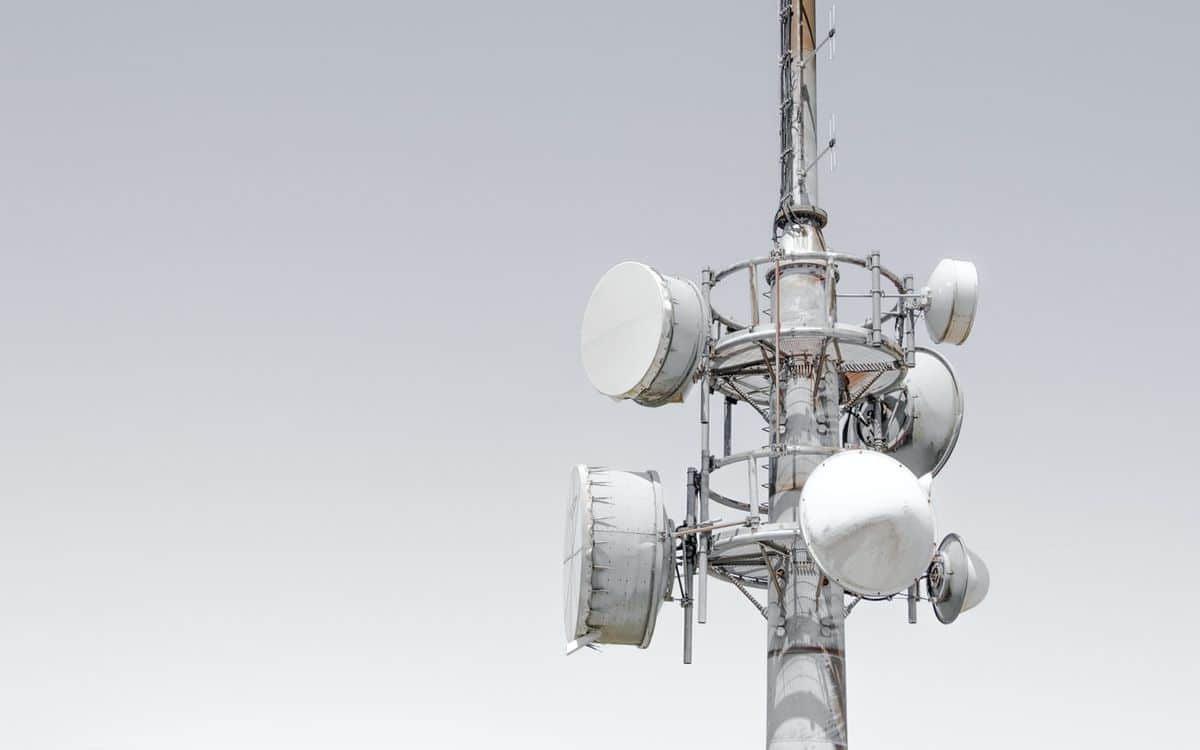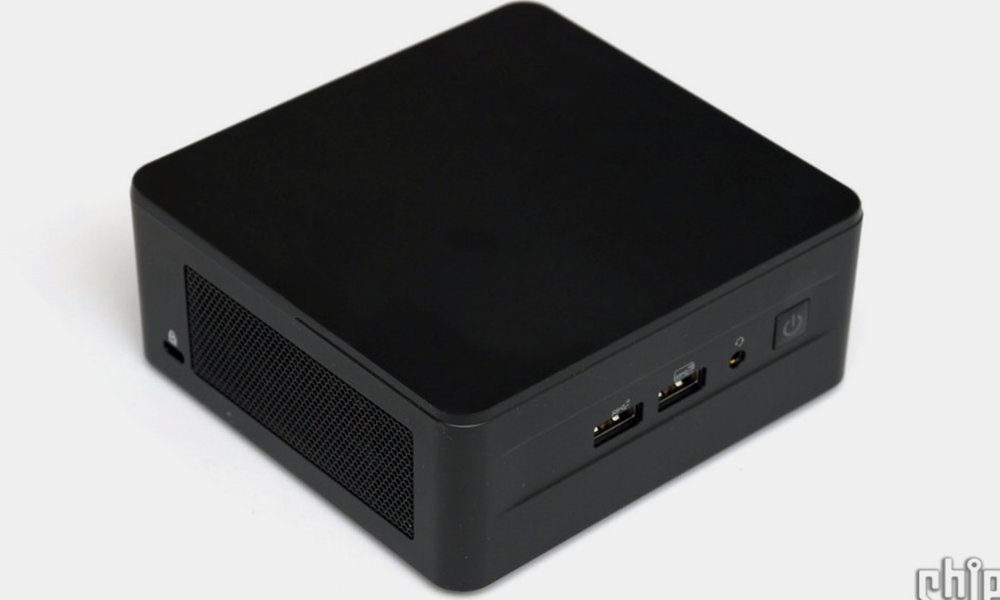
We all talk about Wi-Fi on a daily basis. in a very generic way, without differentiating between standards. It is something totally normal and perfectly understandable, since in the end most people are not clear about what Wi-Fi 5 is or the differences it presents compared to Wi-Fi 6.
However, the most advanced users do know the differences and the values offered by each of these standards, and therefore they are more clear about whether or not they really need to make the leap to them. The truth is that the transition process to Wi-Fi 6 is being much slower than expectedand this has an explanation, Wi-Fi 5 continues to offer excellent performance and is capable of meeting the needs of most users.
To enjoy all the advantages offered by Wi-Fi 6 we need a very fast Internet connection, something that not everyone has, in fact according to a study by Speedtest Global Index the average connection speed in Spain is 73 Mbpsa figure that is even below the value of 100 Mbps that is usually considered as “optimal minimum” in general terms.
If we have an Internet connection speed of 100 Mbps or less, in the end the difference between using the Wi-Fi 5 standard and Wi-Fi 6 is going to be quite small, and it can be minimal if we do not have several devices connected. simultaneously. In the end, the Wi-Fi 5 standard still offers excellent value all the way around.and it is more than enough to cover the needs of most users, as we have said before.
Putting all that together, and taking into account that to make a full jump to the Wi-Fi 6 standard it is necessary make a significant investmentit’s easy to understand why many users haven’t even thought about it yet.
On the other hand, it is also important to remember that the Wi-Fi 5 standard has a series of technologies that, in the end, will help us considerably improve the performance and experience of using our wireless network, such as beamforming, that amplifies the signal and directs it in the direction of each device, thereby improving the range. Another technology to highlight is Wi-Fi Mesh Steering, which is activated when we create a mesh network and works by intelligently alternating between the different access points and available bands.
Be clear that if you are still “anchored” in Wi-Fi 5 you have nothing to worry about, this standard is still perfectly capable, it can reach some maximum speeds of 1,300 Mbps and it still has a long life ahead of it, in fact even Wi-Fi 4 is still sufficient in many everyday situations.
However, this does not mean that Wi-Fi 6 does not have advantages over Wi-Fi 5, we already told you at the time in this article. The key that you must be clear about is that, for most users, the latter is still more than enough, and this reality is not going to change in the short or medium term.
Content offered by AVM FRITZ!




